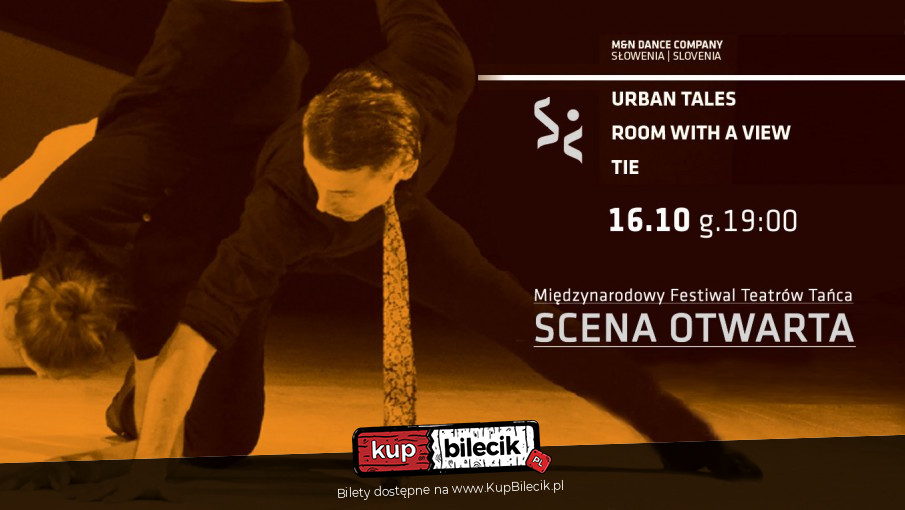

Joining OTO and then becoming one of its leaders, Crowley wrote widely, and Urban focuses particularly on his book Magick in Theory and Practice, which Hubbard would later cite in lectures. To begin his investigations, Urban goes back to the early 20th century and Aleister Crowley’s rise as the most famous occultist of his day. If you’ve read Urban’s book, you’ll know that he accomplishes this neat trick with calm, deeply researched and thoroughly convincing material told in a crystal-clear prose style.

But one of the most useful things about Urban’s article is the way he shows that it’s the church’s own statements and legal maneuvers which tend to verify the connection between Crowley’s “magick” and Hubbard’s “tech.” Urban notes that the church itself has virulently denied that Hubbard’s occult activities had anything to do with Scientology, or that remnants of Crowley’s occult ideas can be found in its scriptures. But later, as Hubbard developed his ideas for Dianetics and Scientology, his experience with Crowley’s “Ordo Templi Orientis” (OTO) seems to have permeated his thinking and even the terminology of the church. The relationship between Hubbard and Parsons ended badly, with accusations of fraud and theft. Parsons was heavily into Crowley’s “magick,” and soon found a willing partner in Hubbard - and even wrote to Crowley himself about their attempts to engage in some of Crowley’s rituals. He then lays out the basics: after returning from his service in the war, Hubbard moved into John Whiteside “Jack” Parsons’s Pasadena rooming house (the “Parsonage”), which was something of a flophouse for his occult friends. Ron Hubbard, Aleister Crowley, and the Origins of a Controversial New Religion,” and if you’ve read his book, its introduction will seem very familiar. Urban’s article is titled “The Occult Roots of Scientology?: L. Perhaps later Urban can convince the publication to allow wider access to the piece. So, we’ll play along and hold on to our copy of the story and do our best to describe it here.
#Urban tale 2012 full#
Nova Religio is one of those academic journals still doing things the old-fashioned way - its articles don’t appear in full on its website, and readers either need to purchase a copy of the journal or get it through an academic institution or something.

Urban went into some of this material in his book, but he tells me he wanted to explore it more in depth with this article. You may even know something about the kinky things Parsons and Hubbard did trying to create a “Moonchild.” But what Urban does in a new piece for the journal Nova Religio is produce a thorough, academic study of the ways that Crowley’s “magick” found parallels in what would become Hubbard’s most famous creation, Scientology. Longtime Scientology watchers will be at least somewhat familiar with the tale: that after his involvement in WWII, Hubbard shacked up with Jet Propulsion Lab rocket scientist Jack Parsons, a man heavily into the occult, and in particular the teachings of The Great Beast, British occultist Aleister Crowley. Ron Hubbard’s wild occult history that preceded his publication of 1950’s Dianetics. But we didn’t know that one of those interests included a closer look at L. Last June, we brought you the first review of The Church of Scientology: A History of a New Religion by Ohio State professor Hugh Urban, and then the first interview with the good professor himself.ĭuring that interview, Urban told us that he was planning to continue his research into Scientology, and would be looking into a variety of areas. The Rosy Cross, appropriated in a similar form by Crowley and OTO


 0 kommentar(er)
0 kommentar(er)
